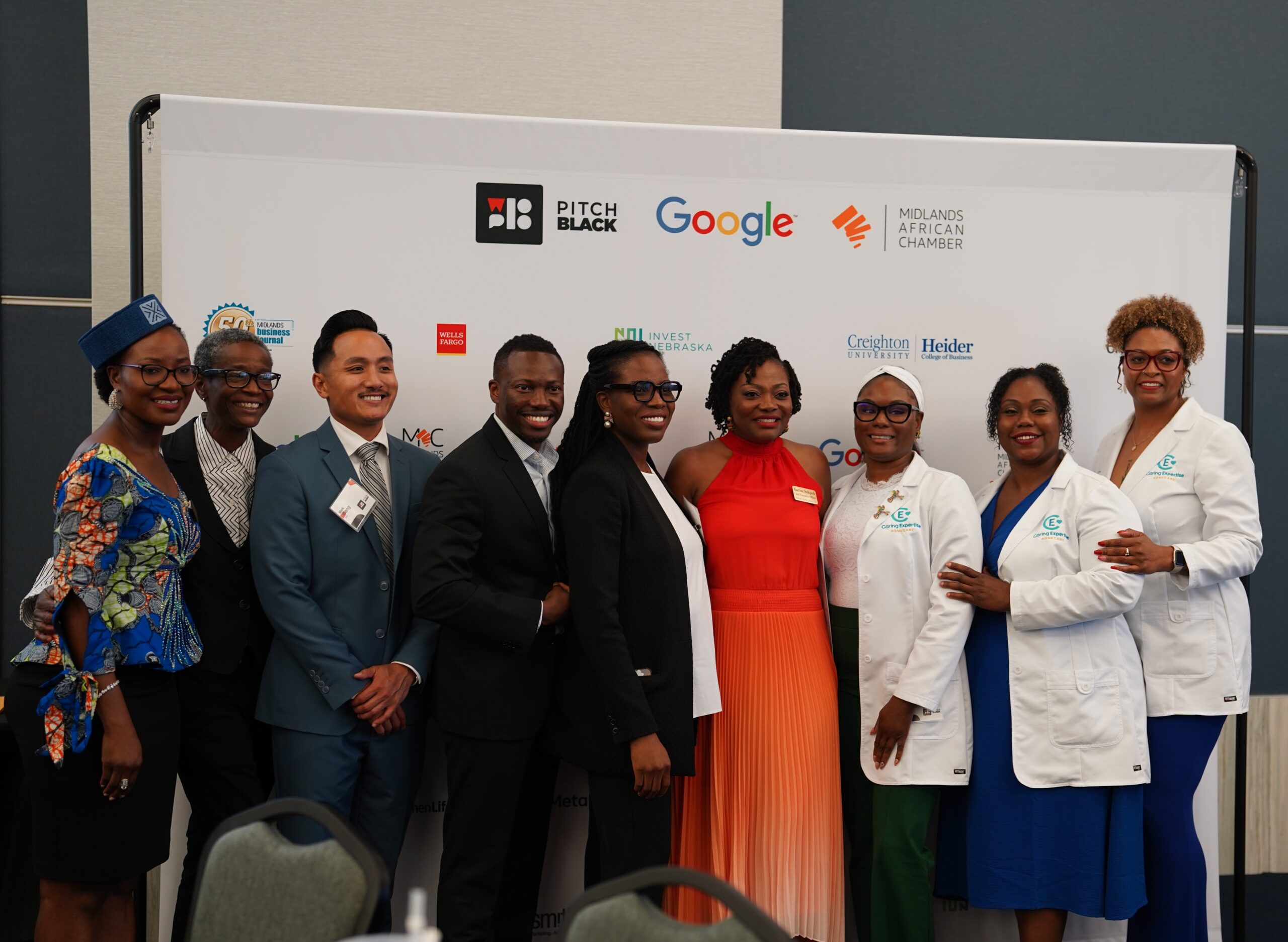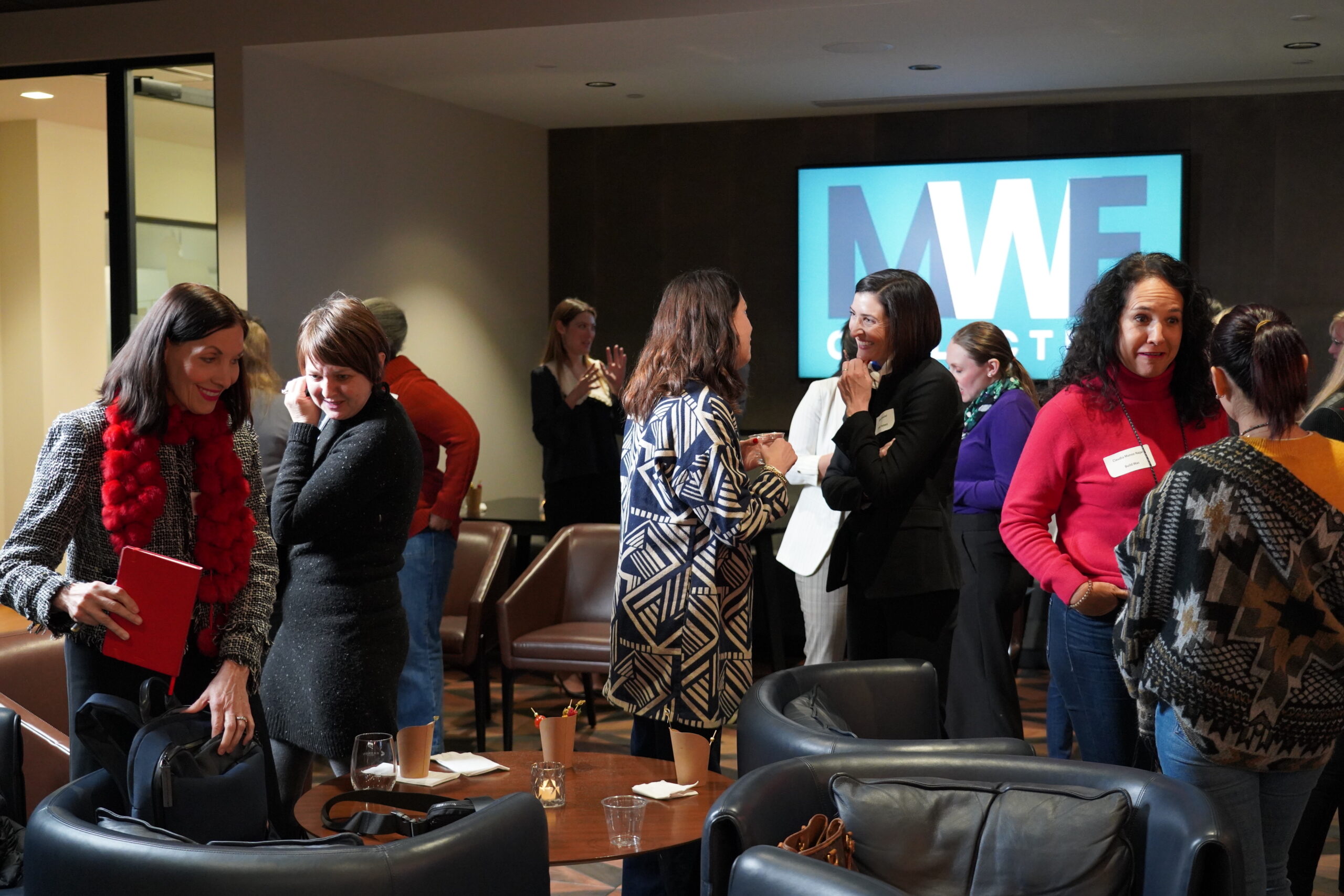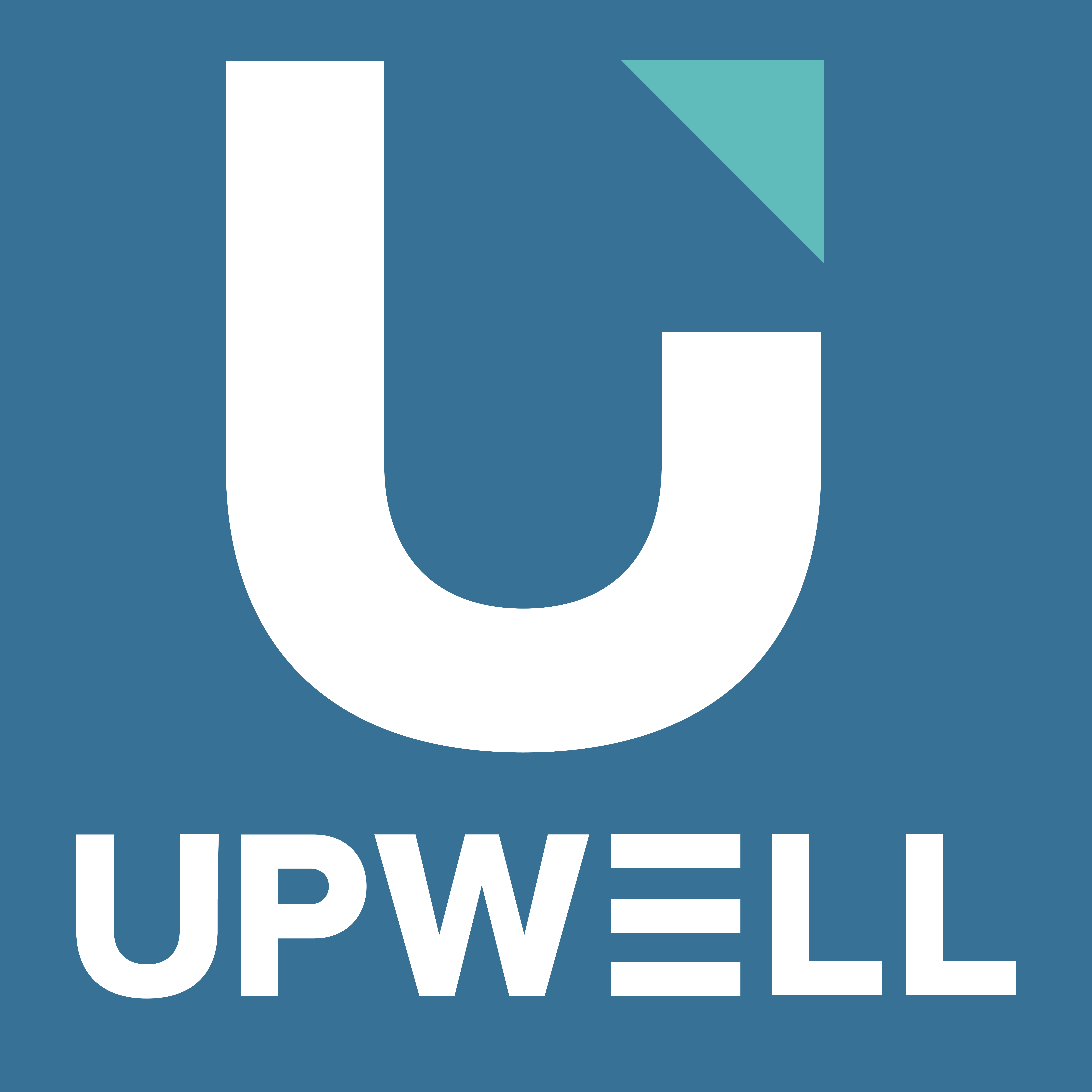This afternoon, three of Omaha’s tech leaders convened to share their insights virtually at the AIM Institute’s Self-Management and Team Empowerment Leadership Panel.
Moderated by Zac Samson—manager of business technology infrastructure at Omaha Public Power District and member of the AIM Leadership Academy Steering Committee—the panel focused on how companies are staying innovative while responding to the evolving needs of employees in the COVID-19 era.
Check out these highlights from today’s conversation.
Jake Johnson, Buildertrend
“There’s some challenges to going virtual, but it’s not that different from in-person,” said Jake Johnson, vice president of engineering operations for Buildertrend.
BECOME A SPONSOR
Join us in championing the narrative of success, resilience, and ingenuity that defines Nebraska’s startup community. Learn more »
“The real key is being flexible—understanding that, yeah, people could be late for a meeting because they have to stop and take care of a kid,” he said. “Personal life comes first. If you start there, everything takes care of itself.”
Johnson mentioned he feels lucky that this kind of flexible, person-centered mentality is woven into Buildertrend’s culture.
A key takeaway for businesses trying to stay productive while operating remotely? Be clear. Be really, really clear.
“Make sure you’re overcommunicating,” Johnson said. “Messages get lost in translation, especially over text, Teams, Slack, whatever you’re using. It’s really easy to just shoot over a quick Slack response, and that’s when the bad things start.”
There’s a fine line, however, between overcommunicating and badgering.
One way to stay on the right side of that line? Don’t overwhelm people with meetings.
Meeting fatigue is real, especially on video platforms, Johnson said. The constant viewing of one’s own face throughout the day can increase self-consciousness, sap energy, and decrease performance, he has noticed. (In fact, too much time spent judging one’s appearance can have devastating consequences, influencing the development of body dysmorphic disorder, a debilitating anxiety-related condition.)
But don’t just overcommunicate. Always explain why something is being done. And then get out of people’s way.
“If you paint the lines on the road, employees can figure out how to get to the destination,” he said.
Jessica Cruse, Paypal
Jessica Cruse, director of software development for Paypal, stressed her company’s responsiveness to the changing needs of employees throughout the pandemic.
When the company first went virtual in March 2020, employees were excited to connect for virtual happy hours, Mario Kart parties and other team-building exercises. While these efforts boosted morale in the short-term, company leaders noticed employees’ enthusiasm waning.
“What we found over time is that video conference fatigue set in,” Cruse said, reiterating a common theme of the panel. “Folks felt more drained.”
Paypal has since gone firmly in the other direction, minimizing video conference calls as much as possible and instead encouraging employees to connect over the phone while they take a walk, grab coffee or just attend to the business of life.
The company also prioritized employees’ mental wellbeing. In one-on-one meetings, Cruse said, she focuses on checking in with employees and allowing them the space to share what is happening in their personal lives. When video calls are necessary, she makes sure to build in some buffer time to allow employees to take a quick break and reset before the meeting.
“We started scheduling meetings to start five minutes late for a thirty-minute meeting, and 10 minutes late for an hourlong meeting,” Cruse said.
Echoing Johnson’s maxim about overcommunicating, Cruse stressed the importance of reinforcing company goals as much as possible. She makes sure to do so at the he start of every meeting.
“Once people understand the goal, they want to do the right thing,” she said. “Everybody wants to have some ownership, and wants to be knowledgeable, and wants to perform.”
Also, have some empathy and flexibility.
When you flex for your team, Cruse said, they’ll flex for you.
Michael Blake, Spreetail
Michael Blake, senior IT manager for Spreetail, said his team leans on process and shared agreement to get things done effectively while working remotely. This allows everyone to stay on the same page and spot pain points before they proliferate.
“If there’s an issue at Point C, there was probably a problem at Point A,” Blake said.
He credits this process-oriented, collective-input leadership style for his department having the least amount of turnover in the company for two consecutive quarters.
An outside-the-box tactic employed by Blake uses the power of art to illustrate the value of work.
At the start of meetings, Blake shares a different Jackson Pollock painting to illustrate excellence amid the constantly shifting tides of the workday.
“There’s beauty in the chaos,” he said.



